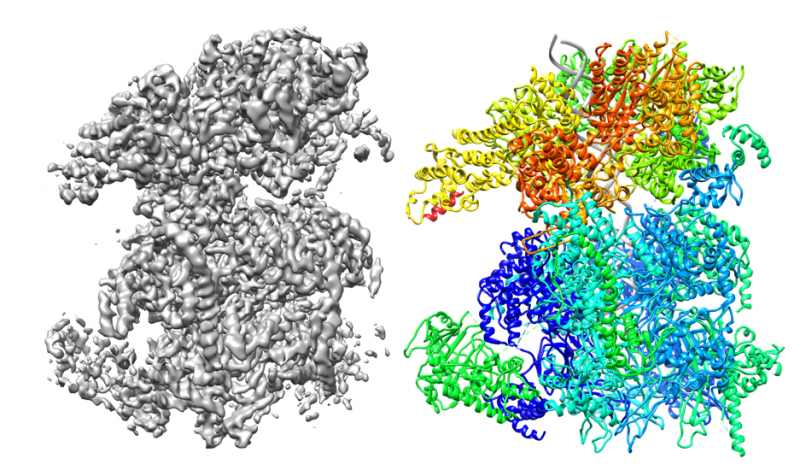And Now
Now
Since October 2025, I have been a CNRS Research Engineer at the IMPMC (Institut de Minéralogie, de Physique des Matériaux et de Cosmochimie). I develop image analysis software for cryo-electron microscopy, integrating molecular dynamics simulations with advanced image processing techniques to support structural biology research and drug discovery. My role involves enhancing and integrating existing algorithms into user-friendly software platforms, improving performance, robustness, and functional autonomy, while optimizing execution speed, refining the user interface, and ensuring long-term maintainability and scalability.
This position is part of the BIOMEDICIEL project, funded by the Prematuration Program of the Alliance Sorbonne Université, which supports early-stage, innovative projects that can lead to practical applications or spin-offs. The project focuses on developing advanced software tools for cryo-electron microscopy in structural biology, emphasizing validating proofs of concept, identifying potential applications, and strengthening intellectual property assets.
Alongside this role, I continue to maintain FastTrack, a project used by several research labs, which has strengthened my experience in documentation, CI/CD practices, and cross-platform development.
I also keep contributing to the Duniter project and working on personal projects, from sports data analysis to smart contracts and web applications. These projects are shared on my GitHub profile, and I write about them, along with topics like embedded systems, programming, and bookbinding, on the blog. You can also read there about why I decided to quit freelancing.





